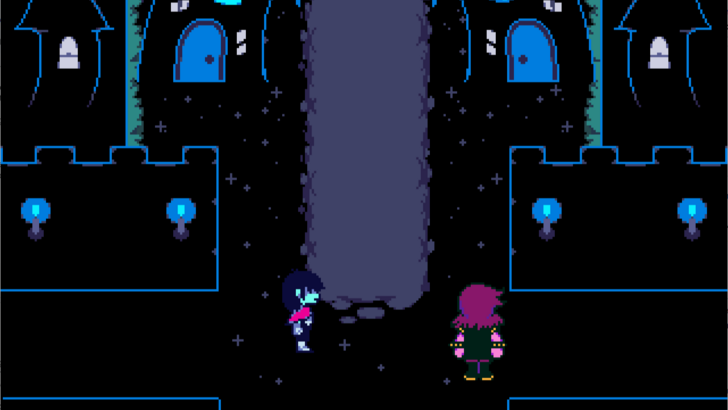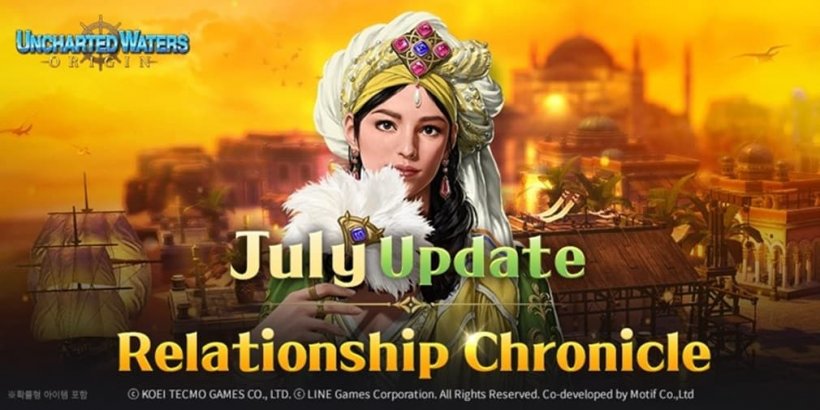The 1970s marked a period of significant transformation for Marvel Comics, introducing iconic storylines like "The Night Gwen Stacy Died" and the profound encounter of Doctor Strange with God. However, it was the 1980s that truly solidified Marvel's legacy, heralding what many consider to be the company's golden age. This era was defined by the groundbreaking work of legendary creators such as Frank Miller on Daredevil, John Byrne on Fantastic Four, David Michelinie on Iron Man, and the peak of Chris Claremont's run on X-Men. Not to be overlooked are Roger Stern's contributions to Amazing Spider-Man and Walt Simonson's work on Thor, which were just around the corner. These creators and their landmark runs are pivotal to understanding the enduring appeal of these characters today.
In this comprehensive exploration of Marvel's history, we delve into the 1980s, a decade that may well be considered the company's true golden age. Join us as we continue our series with Part 7, focusing on the essential issues of Marvel!
More Essential Marvel
- 1961-1963 - The Birth of a Universe
- 1964-1965 - The Sentinels Are Born and Cap Dethaws
- 1966-1969 - How Galactus Changed Marvel Forever
- 1970-1973 - The Night Gwen Stacy Died
- 1974-1976 - The Punisher Begins His War on Crime
- 1977-1979 - Star Wars Saves Marvel From Bankruptcy
- The Dark Phoenix Saga and Other All-Time X-Men Stories
The Dark Phoenix Saga and Other All-Time X-Men Stories
Chris Claremont's transformative run on X-Men, which began in 1975, reached its zenith in the early 1980s with three seminal stories. The first, the Dark Phoenix Saga, spanned X-Men #129-137 and is widely regarded as the quintessential X-Men narrative. This epic tale, co-plotted and illustrated by John Byrne, follows Jean Grey's transformation into the Dark Phoenix, a cosmic entity corrupted by the Hellfire Club. The saga not only introduced pivotal characters like Kitty Pryde (Shadowcat), Emma Frost, and Dazzler but also delivered one of the most emotionally charged moments in X-Men lore with Jean Grey's ultimate sacrifice. Despite numerous adaptations, including films like X-Men: The Last Stand and Dark Phoenix, the story's full impact has been best captured in animated series such as X-Men: The Animated Series and Wolverine & the X-Men.
Following closely, the Days of Future Past storyline in X-Men #141-142 introduced a dystopian future dominated by Sentinels, first created by Stan Lee and Jack Kirby in 1965. This gripping two-issue arc sees an adult Kitty Pryde traveling back in time to avert the assassination of Senator Robert Kelly, an event that triggers the apocalyptic future. The story's influence extends beyond comics, inspiring the 2014 film X-Men: Days of Future Past and serving as the basis for a season arc in Wolverine & the X-Men.
Completing the trilogy of iconic X-Men stories from this period is X-Men #150, where a confrontation with Magneto nearly results in Kitty Pryde's death. This issue reveals Magneto's Holocaust survivor backstory, a revelation that profoundly shapes his character's future development into a more complex figure.
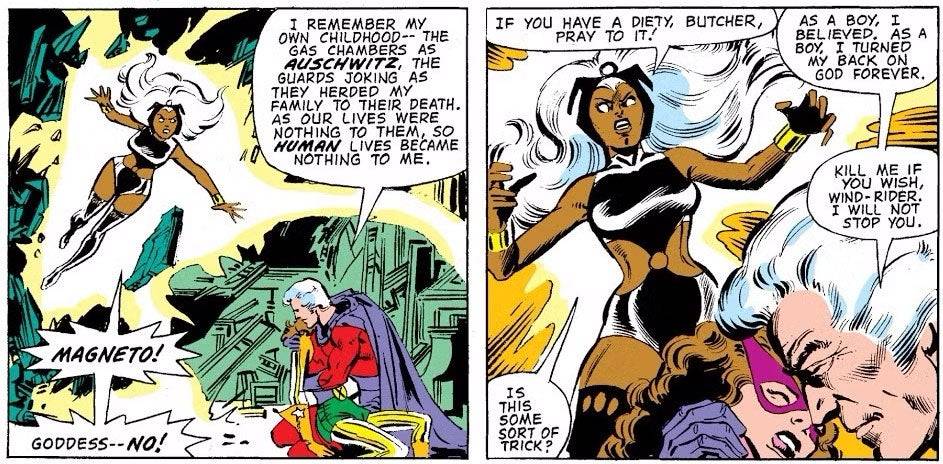
The First Appearances of Rogue, She-Hulk, and the New Mutants
The 1980s also saw the introduction of several key characters, including notable female heroes. Rogue, a fan-favorite X-Men member, debuted as a villain in Avengers Annual #10, part of Mystique's Brotherhood of Evil Mutants. Her initial act of draining Carol Danvers' powers set the stage for significant developments in both characters' arcs. This issue also addressed Carol's traumatic experience with Marcus Immortus, marking a critical, albeit controversial, moment in Marvel's history.
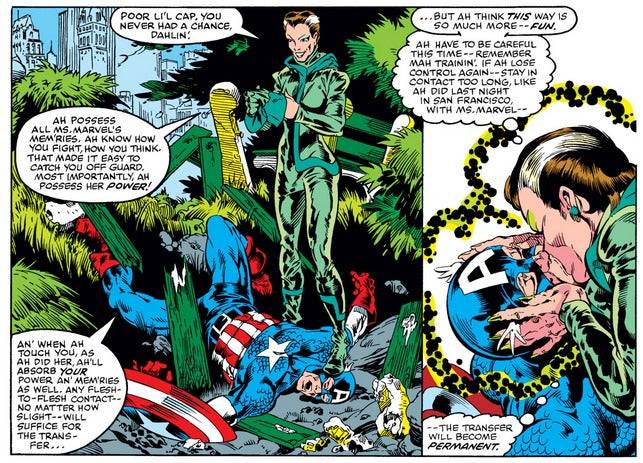
Another significant debut was Jennifer Walters, aka She-Hulk, in Savage She-Hulk #1. Created by Stan Lee, She-Hulk's origin as Bruce Banner's cousin who gains powers through a blood transfusion set her on a path to becoming a beloved character, particularly after joining the Avengers and Fantastic Four. Her character was later brought to life by Tatiana Maslany in the MCU's She-Hulk series.
The New Mutants, Marvel's first X-Men spin-off series, debuted in Marvel Graphic Novel #4 before getting their own title. This team of teenage mutants, including Cannonball, Sunspot, Karma, Wolfsbane, and Dani Moonstar (later Mirage), along with the later addition of Illyana Rasputina (Magik), became central to many significant X-Men stories. The 2020 New Mutants film featured this lineup, with Anya Taylor-Joy portraying Magik.
Iconic Storylines for Daredevil, Iron Man, and Captain America
Daredevil #168 marked the beginning of Frank Miller's transformative run on the series, introducing Elektra and redefining the character's mythology. Over the next two years, Miller crafted a gritty, noir-inspired saga that included the rise of Kingpin as Matt Murdock's nemesis, the introduction of Stick, and the tragic death of Elektra at the hands of Bullseye. This run, spanning Daredevil #168-191, has been a major influence on subsequent adaptations, including the 2003 film and the 2015 Netflix series, with the upcoming MCU show Daredevil: Born Again set to continue this legacy.
David Michelinie and Bob Layton's Doomquest storyline in Iron Man #149-150 saw Iron Man's first solo confrontation with Doctor Doom, leading to an adventure in Arthurian times. This arc not only solidified Doom's place in Iron Man's rogues gallery but also set the stage for future collaborations between Doom and Morgan le Fay.

Roger Stern and John Byrne's run on Captain America included a darker tale in Captain America #253-254, where Cap battles the Nazi vampire Baron Blood. This story, rooted in Cap's WWII history with the Invaders, stands out for its intense narrative and striking artwork.
Moon Knight Becomes a Hero and Marvel Helps Create the G.I. Joe Mythology
Moon Knight's transition from antagonist to hero was solidified in Moon Knight #1, where Doug Moench and Don Perlin fully developed his backstory and introduced his alternate identities, Steven Grant and Jake Lockley. This issue laid the foundation for all subsequent Moon Knight stories.
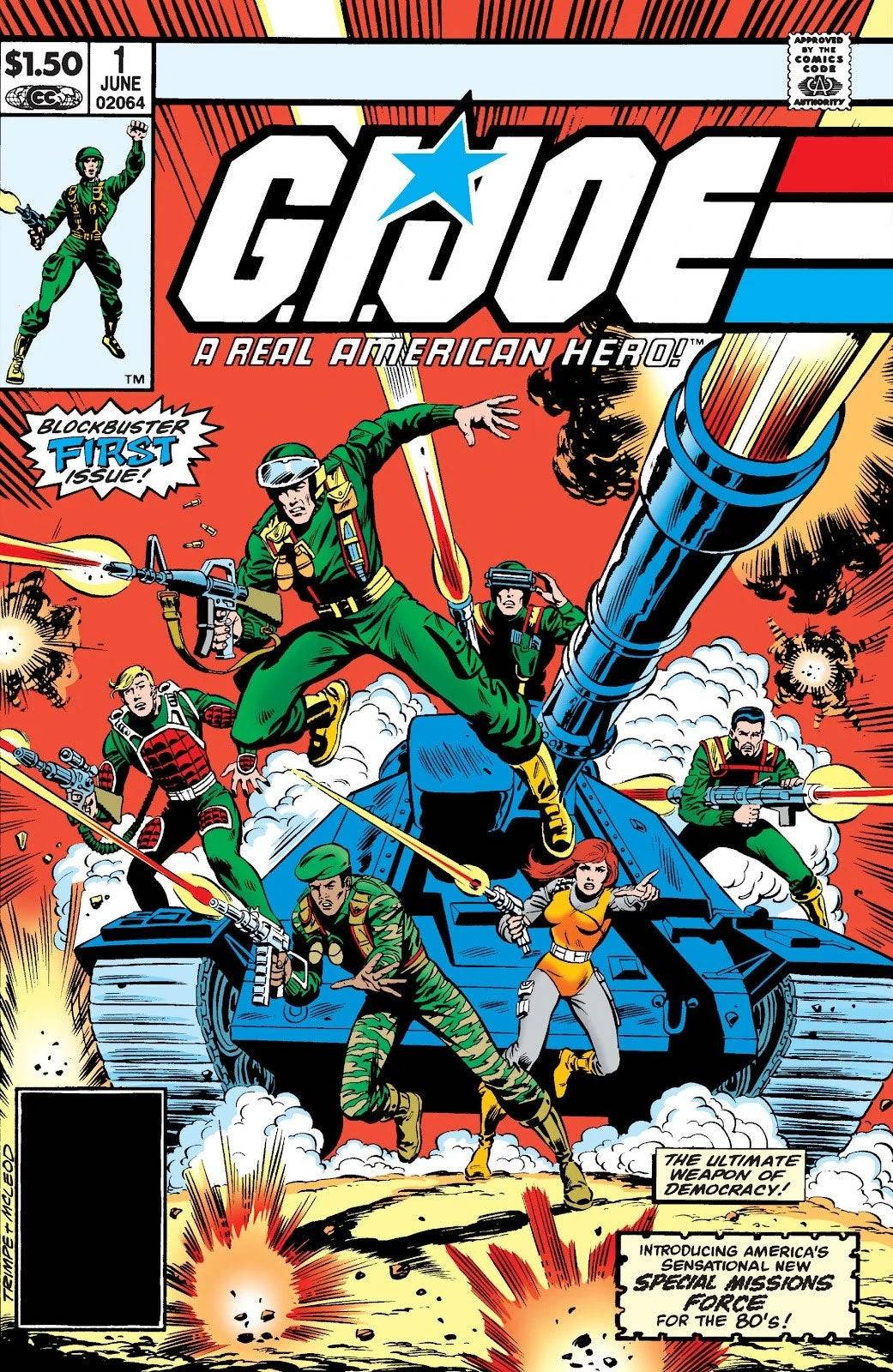
Lastly, Marvel's involvement with G.I. Joe began with G.I. Joe #1 in 1982, where editor Archie Goodwin and writer Larry Hama crafted the characters and storylines that would become iconic. Hama's work not only made G.I. Joe one of Marvel's most popular titles but also resonated with a diverse readership, particularly women, due to the equal treatment of female characters.







![Taffy Tales [v1.07.3a]](https://imgs.xfsxw.com/uploads/32/1719554710667e529623764.jpg)






